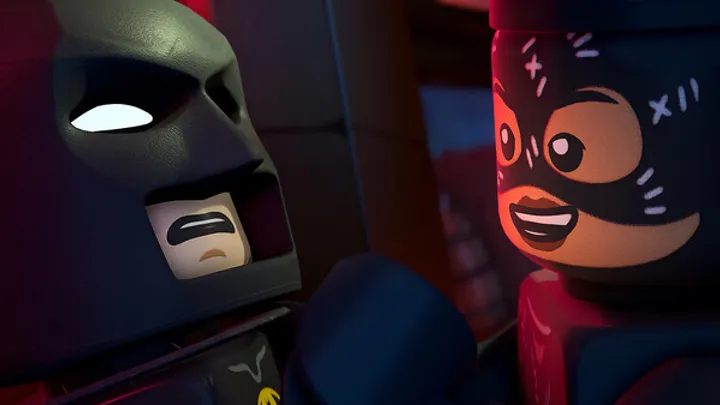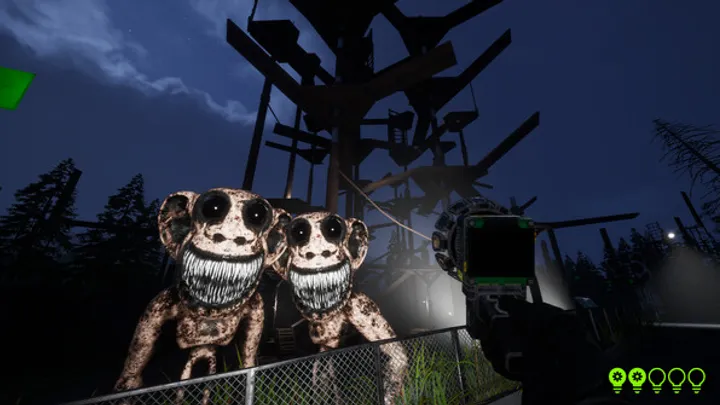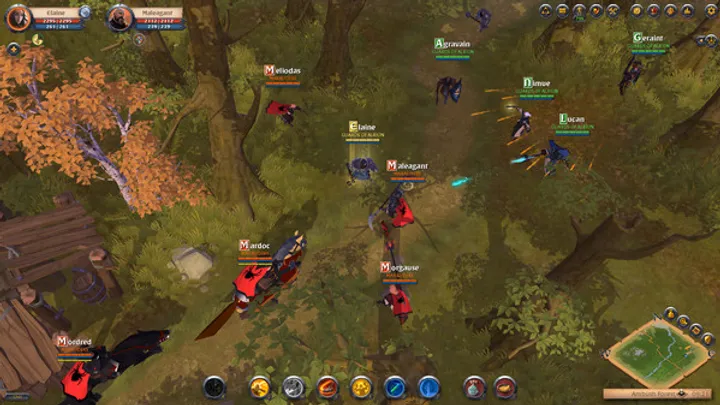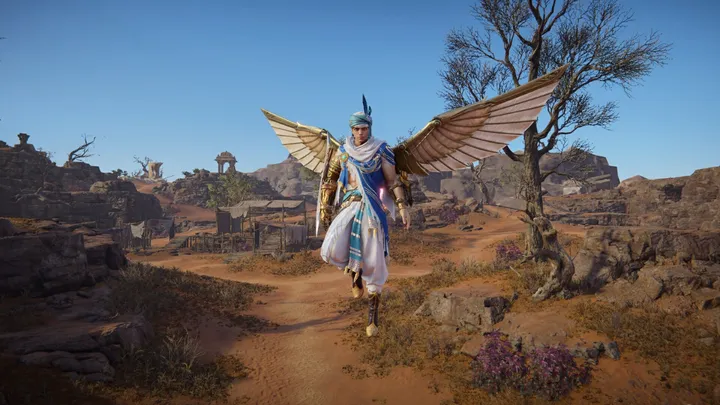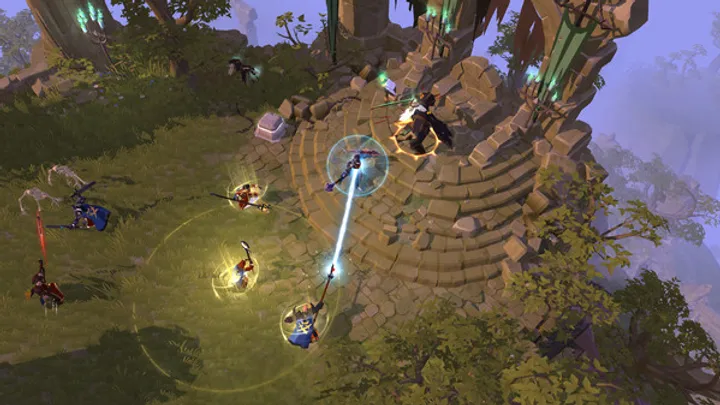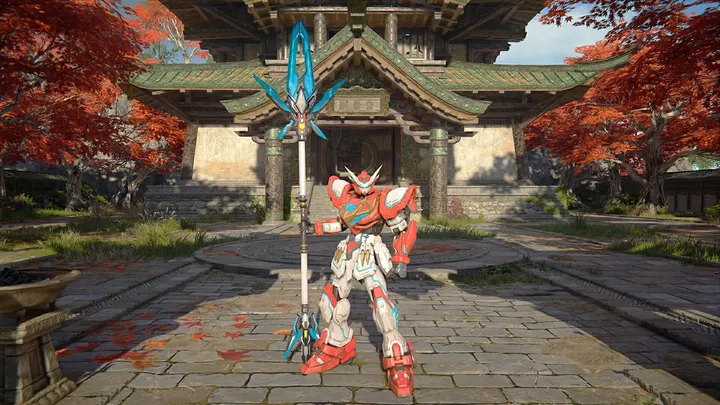Introduction
Time is one of the most significant forces in the Legend of Zelda series. While many games have incorporated time as a thematic or gameplay element, few have explored its effects on both gameplay and narrative as deeply as The Legend of Zelda. From time-based puzzles to entire game mechanics centered around the passage of time, Zelda games offer a complex relationship with the ticking clock.
In this article, we’ll take an in-depth look at how time is used as a central mechanic in the series, particularly focusing on Majora’s Mask, where time is a driving force of the entire game. We will examine its implications on gameplay, narrative, and player experience, as well as how this time-centric design philosophy has influenced later titles in the series, including Breath of the Wild.
1. Time as a Central Theme in Zelda
Time has always been an underlying theme in the Zelda series, though it has not always been treated as a focal point. Ocarina of Time, for example, introduced the concept of time travel, allowing players to jump between the past and future to alter the course of events. However, it wasn’t until Majora’s Mask that time became a defining mechanic that shaped both the game’s structure and its narrative.
Time in Zelda is often used to represent cycles—of growth, death, and rebirth. It embodies the transient nature of life and the eternal conflict between Link, Zelda, and Ganon. This cyclical motif serves as the backbone of the series’ ongoing struggle between good and evil, but it’s in Majora’s Mask where time becomes a literal force to reckon with.
2. The Introduction of the 72-Hour Cycle in Majora's Mask
One of the most revolutionary aspects of Majora’s Mask was its implementation of a strict 72-hour cycle. Unlike other Zelda games that follow a more traditional, linear progression, Majora’s Mask introduced a world where every three in-game days (roughly 54 minutes of real-world time) reset, forcing players to think strategically about how to allocate their time and complete quests before the world ends in a catastrophic moonfall.
This mechanic is at odds with traditional Zelda titles, where Link’s journey is driven by a sense of exploration and gradual progression through dungeons, bosses, and story events. In Majora’s Mask, the ever-present threat of time running out looms over the player. There is no leisurely exploration. There is urgency. The 72-hour cycle forces players to plan their actions carefully and prioritize their objectives.
3. The Role of the Clock: Pressure and Freedom
On one hand, the time cycle in Majora’s Mask creates a sense of pressure. The player knows that time is always running out. This affects both the pacing of the game and the player’s approach to tasks. Many players found the time constraints stressful—many quests had to be completed within a limited window, requiring multiple playthroughs of the cycle to ensure completion.
On the other hand, the time system also offers a unique sense of freedom. Because the clock resets every three days, players can experiment with different actions, fail, and try again without losing too much progress. The game introduces the concept of "resetting time" as a way to undo mistakes and revisit key moments, which adds a layer of complexity to the narrative and gameplay.
For instance, Link can slow down the passage of time using the "Song of Double Time" or stop it entirely with the "Song of Time." These mechanisms allow players to manage the pressure of the time system and alter their approach to different challenges.
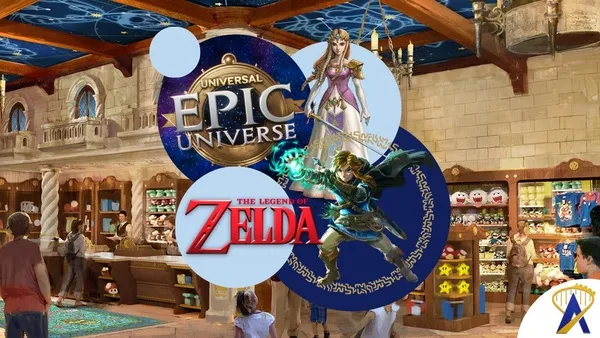
4. Side Quests and Time: The Heart of Majora’s Mask
While the main quest of Majora’s Mask revolves around stopping the moon from crashing into the world, the game's richness comes from its multitude of side quests. These quests are deeply intertwined with the time system. Many of them are dependent on specific time windows within the 72-hour cycle, such as helping an NPC at a certain hour or completing a task before a day ends.
This is one of the most innovative aspects of Majora’s Mask—the intertwining of the time cycle with side activities. Rather than feeling like optional distractions, side quests are an integral part of the game’s world, further enhancing the pressure the player faces.
The game's central side quests are designed around the concept of time-based failure. For example, the Postman’s Quest requires the player to follow the postman throughout the 72-hour cycle, tracking his deliveries and ensuring his success. If the player fails, the consequences are immediate—the postman will miss a delivery, and the cycle continues.
This sense of failure and rebirth has a deeper resonance than just game mechanics. It touches on the theme of redemption and second chances, which is a central element in Majora’s Mask.
5. The Consequences of Time Travel in Majora’s Mask
Majora’s Mask also explores the narrative consequences of time manipulation. The game’s central mechanic—the ability to reset the 72-hour cycle—allows Link to revisit moments, change decisions, and explore different outcomes. But this mechanic isn’t without its consequences.
Link’s actions in one time cycle can affect events in future cycles. While this offers players the ability to correct mistakes or revisit crucial moments, it also challenges them to think about the ethical implications of changing time. This complexity becomes evident when certain characters' fates are tied to the player’s actions within a specific time frame.
For example, the character of Cremia, who is tasked with delivering milk to Clock Town, has a tragic story arc that unfolds based on the player’s ability to protect her during her journey. If the player fails to assist her, the milk delivery fails, and the storyline takes a darker turn. In this way, the game forces players to confront the impact of their actions on others’ lives within a fixed time limit.
6. The Mask System: A Reflection of Time’s Influence
Another key element in Majora’s Mask is the mask system, which ties directly into the game’s time mechanics. Each mask represents a specific transformation or ability, many of which are necessary for completing side quests or progressing in the main story.
The masks themselves reflect the theme of time by serving as physical representations of change and progression. Some masks allow Link to temporarily become different characters—like the Goron or Zora—providing him with new abilities that can help him navigate time-based challenges.
However, the process of collecting these masks is time-consuming and requires careful planning, further emphasizing the game's central theme. The masks themselves have an ephemeral quality: they can be used once and then reset, much like time itself.
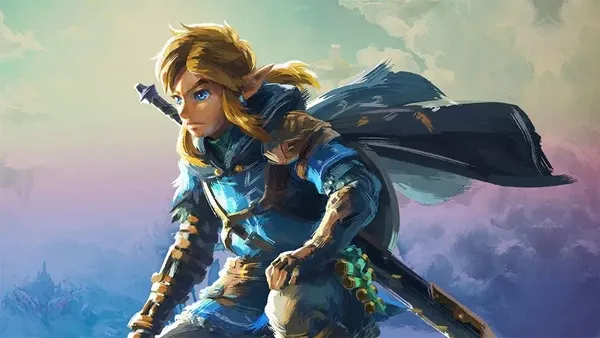
7. The Impact of Time Mechanics on Player Engagement
The introduction of time mechanics in Majora’s Mask had a profound impact on how players engaged with the game. For some, the constant pressure was too overwhelming, and they found the game stressful, especially when they struggled to complete side quests in the limited time available.
For others, the time-based challenges created a deeper level of engagement. The need to plan ahead and strategize based on the clock added a unique layer of complexity to the game. The real-time nature of the clock, combined with the cyclical nature of the events, created a more immersive and dynamic world than players had previously encountered.
The time system also meant that players could not simply rush through the game. Every decision mattered, and failure was inevitable, but so was the chance for redemption. This sense of engagement through time manipulation kept players invested in the world and its characters.
8. The Influence of Majora’s Mask on Later Zelda Titles
The time-based mechanics of Majora’s Mask left a lasting impact on the Zelda series, influencing future titles in subtle ways. In Twilight Princess, time still played a role, though it wasn’t as central. The concept of a limited timeframe returned in the form of the Twilight Realm, where Link had to complete tasks before the darkness overtook the land.
In Breath of the Wild, the passage of time still affects gameplay, though it’s less structured. The day-night cycle influences enemy behavior, weather patterns, and available resources. While not as intense as in Majora’s Mask, the time system in Breath of the Wild reminds players that time, though fluid and natural, can influence every aspect of gameplay.
9. The Moon’s Role in Majora’s Mask: A Metaphor for the Passage of Time
The moon in Majora’s Mask is perhaps the most literal manifestation of time. With its gradual descent toward the world, it represents the constant, unstoppable march of time. As players reset the 72-hour cycle, the moon remains a constant, ever-looming threat. It’s a stark reminder of the impending doom that time can bring if not handled properly.
The moon’s impending crash serves as a metaphor for the transient nature of life and the inevitability of death. It forces players to confront the idea of inevitability within the context of a video game. The looming threat of the moon offers a paradox—while time can be manipulated, it cannot be avoided.
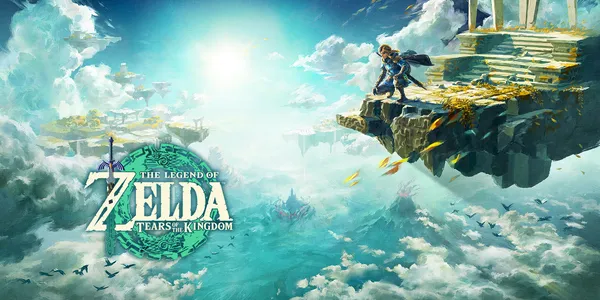
10. Conclusion: Time as a Tool for Narrative and Gameplay Innovation
The Legend of Zelda series has long been known for its ability to blend narrative, gameplay, and mechanics in innovative ways. The introduction of time as a central mechanic in Majora’s Mask redefined how players interacted with the world, creating a game where every second mattered. Through its 72-hour cycle, time-based side quests, and








